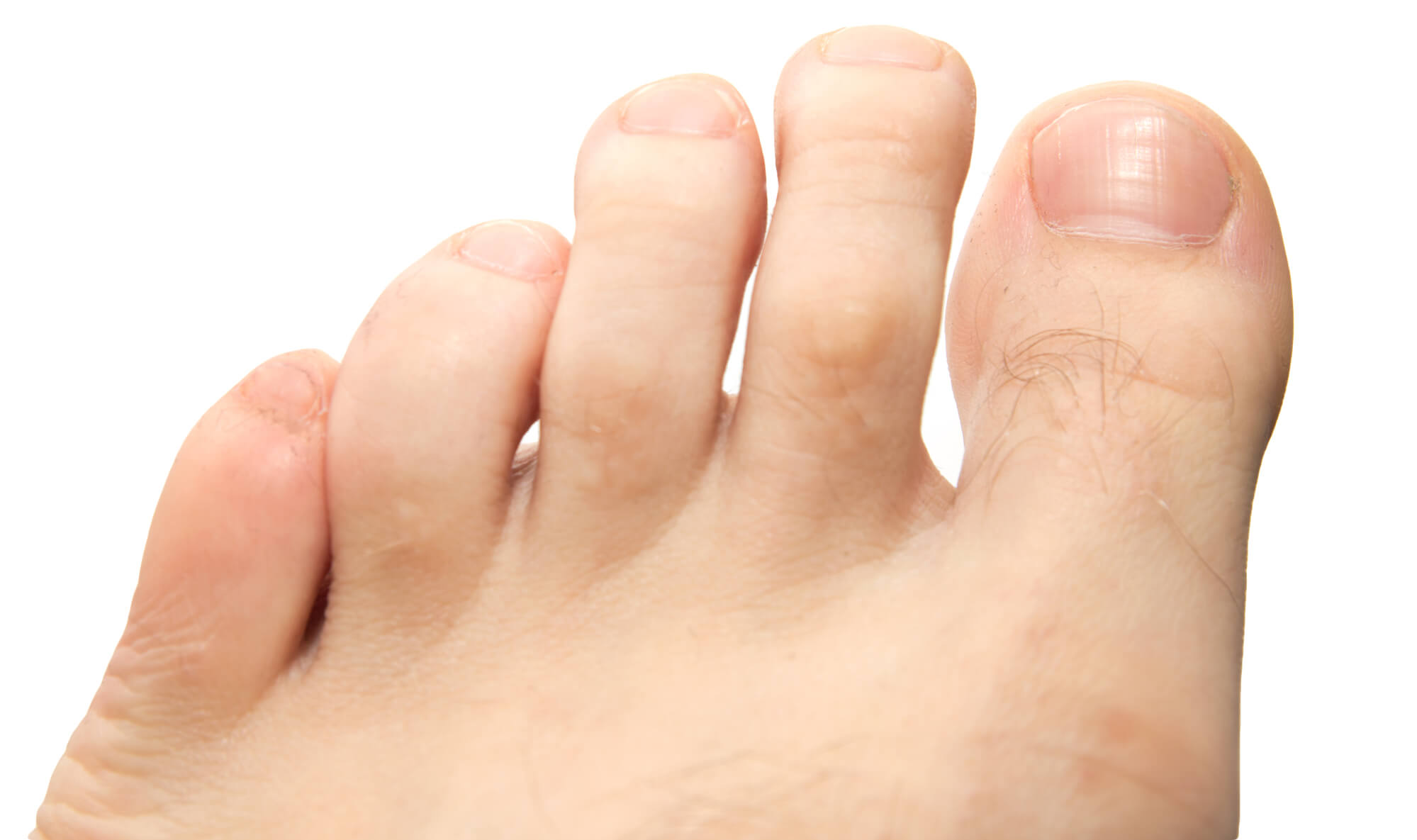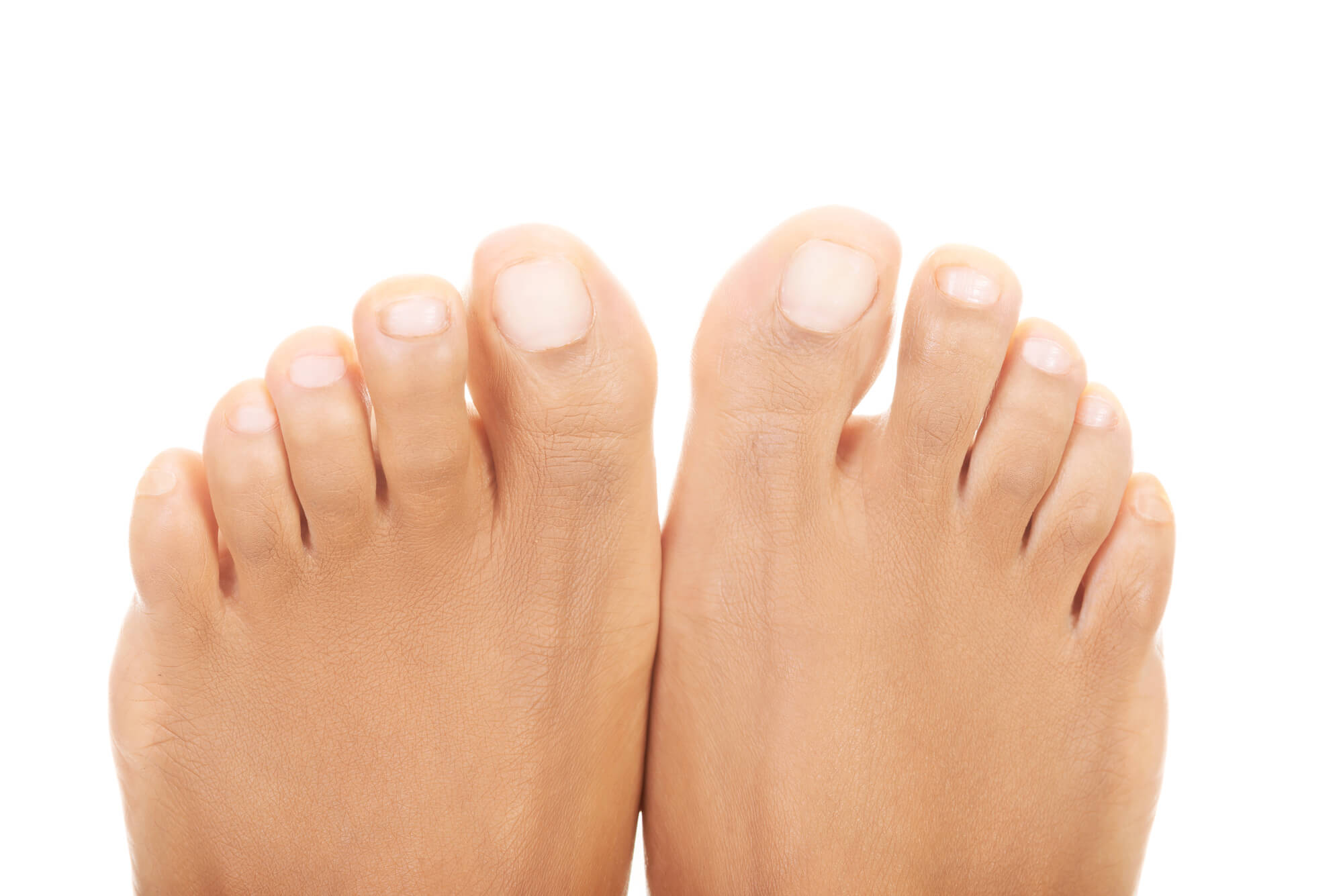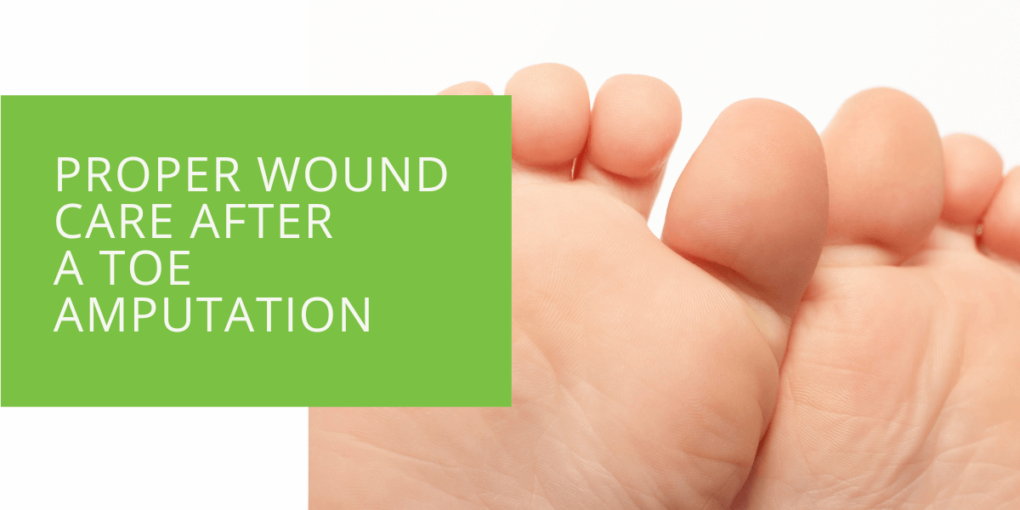Proper Wound Care After a Toe Amputation
Proper wound care is crucial for a successful recovery if you have undergone toe amputation surgery. Proper wound care can help promote healing, prevent infection, and manage pain and swelling. Here are some tips for proper wound care after a toe amputation:
Understanding the Healing Process
The healing process after toe amputation surgery can take several weeks to several months, depending on the severity of the amputation and your overall health. The healing process typically includes three stages:
- Inflammation: During this stage, the wound will be red, swollen, and painful as the body works to remove damaged tissue and repair the wound.
- Proliferation: During this stage, new tissue will grow, and the wound will close.
- Maturation: During this stage, the new tissue will strengthen and mature, and the wound will continue to close.
Wound Care Immediately After Surgery
Wound Care Immediately After Surgery
Following toe amputation surgery, taking proper care of the wound is crucial to promote healing and prevent complications. Here are some important steps to follow for wound care immediately after surgery:
Dressing and Bandaging
Your healthcare provider will apply a dressing and bandage to the wound immediately after surgery. The dressing helps to protect the wound from further injury and infection, and the bandage helps to provide compression to reduce swelling. You may need to keep the dressing and bandage in place for several days or until your healthcare provider advises you to remove them. Following your healthcare provider's instructions regarding the dressing and bandage is important.

Pain Management
Toe amputation surgery can be painful, and your healthcare provider may prescribe medication to help manage the pain. It is important to take the medication as directed and to report any persistent pain or discomfort to your healthcare provider.
Elevation
Elevating the affected foot can help reduce swelling and promote blood flow to the wound. For the first 2 to 4 days following surgery, it is recommended that you keep your foot elevated above the level of your heart as much as possible. This can be done by propping your foot up on pillows or using a footrest.
Activity Modification
Your healthcare provider may advise you to avoid certain activities, such as walking or standing for prolonged periods, for the first few days after surgery. You may also need to use crutches or a wheelchair to help you get around.
Pain and Swelling Management
In addition to medication, ice therapy can help reduce pain and swelling after toe amputation surgery. Apply an ice pack to the affected area for 20 minutes daily. Wrap the ice pack in a towel to prevent skin damage.
Follow-up Care
After toe amputation surgery, you must follow up with your healthcare provider to monitor your healing and ensure no signs of infection or other complications. Your healthcare provider will provide instructions on caring for your wound at home, when to change the dressing, and when to follow up for a checkup.

Managing Pain and Swelling
After your toe amputation surgery, you may experience pain and swelling. Your healthcare provider may prescribe medication to manage pain, such as prescription or over-the-counter pain relievers. Ice therapy can also help reduce pain and swelling. Apply ice packs to the affected area for 20 minutes, several times a day. Wrap the ice pack in a towel to prevent skin damage.
Wound Care at Home
Once you are discharged from the hospital, your healthcare provider will provide instructions on caring for your wound at home. It is important to keep the wound clean and dry to prevent infection. Your healthcare provider may recommend washing the wound with warm water and soap and drying it thoroughly. Be sure to change the bandage as directed and monitor the wound for signs of infection, such as redness, swelling, or discharge.
Preventing Infection
Preventing infection is crucial to proper wound care after a toe amputation. Infection can cause delays in healing and potentially lead to more serious complications. Here are some tips for preventing infection:

Keep the Wound Clean and Dry
Keeping the wound clean and dry is critical to preventing infection. It is important to follow your healthcare provider's instructions on cleaning the wound and changing the bandage. Generally, you should wash your hands before touching the wound and use warm water and mild soap to thoroughly clean and dry the wound. Your healthcare provider may recommend using a specific dressing or bandage to protect the wound.
Monitor the Wound for Signs of Infection
It is important to monitor the wound for signs of infection. Signs of infection may include redness, swelling, or drainage from the wound, fever, increased pain or tenderness around the wound, or a foul odor. If you experience any of these symptoms, contact your healthcare provider immediately.
Avoid Submerging the Wound in Water
Until the wound has fully healed, you should avoid submerging it in water, such as when bathing or swimming. Moisture can promote the growth of bacteria and increase the risk of infection. Instead, use a sponge or washcloth to clean around the wound.
Wear Proper Footwear
Wearing proper footwear can also help prevent infection. Choose shoes that fit well and provide adequate support, and avoid wearing shoes that are too tight or rub against the wound. Your healthcare provider may recommend special shoes or orthotics to help protect the wound.
Avoid Certain Activities
Certain activities may increase the risk of infection and delay healing. Avoid walking barefoot, wearing dirty socks or shoes, or exposing the wound to other sources of dirt or bacteria. It is also important to avoid smoking, as smoking can decrease blood flow and increase the risk of infection.
Follow Your Healthcare Provider's Instructions
Finally, following your healthcare provider's instructions for preventing infection is important. Your healthcare provider may provide specific instructions on how to care for the wound, when to change the dressing, and when to follow up for a checkup. Ask questions and follow the guidelines closely to help prevent infection and promote healing.
When to Seek Medical Attention
It is important to contact your healthcare provider if you experience any signs of infection or other concerns. Signs of infection may include redness, swelling, or discharge from the wound, fever, or increased pain or tenderness around the wound. Also, contact your healthcare provider if you experience persistent pain or other concerns about your wound.
Conclusion
Proper wound care is essential for a successful recovery after toe amputation surgery. Follow your healthcare provider's instructions on how to care for your wound, manage pain and swelling, and monitor it for signs of infection. Taking care of your wound can help promote healing and prevent complications.

